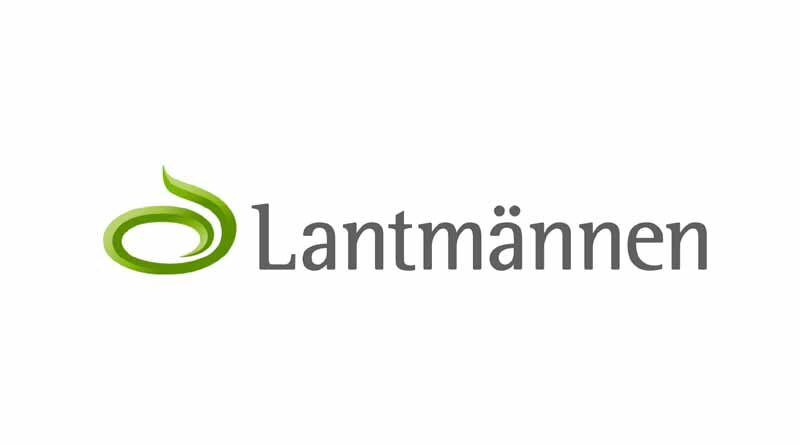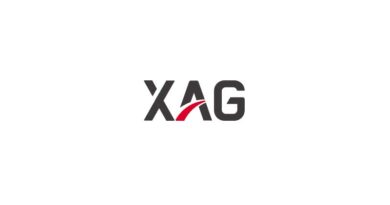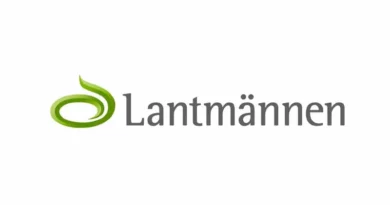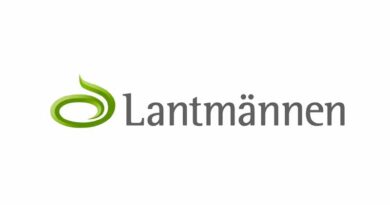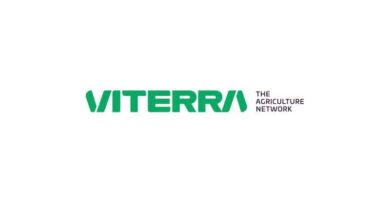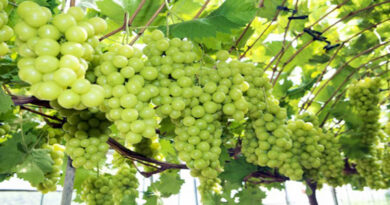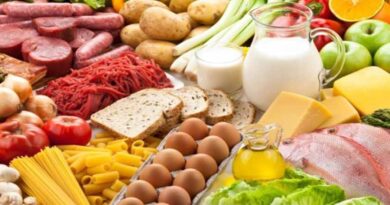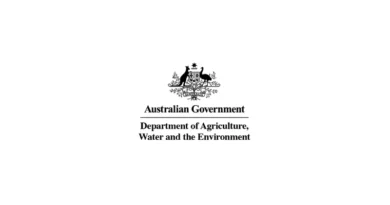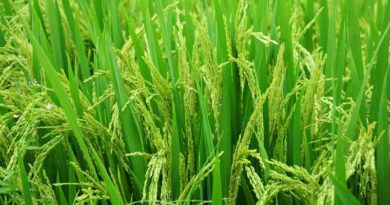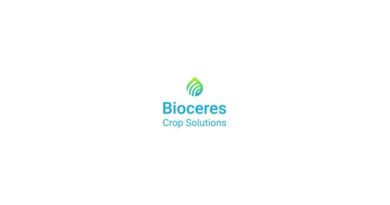New report: After COP26 Swedish beef and dairy production leads the way for the industry to achieve the Paris Agreement
12 December 2021, Sweden: The Swedish food and agriculture sector have now published a report of global relevance on how the industry can reach climate targets in line with the Paris Agreement. The report “Farming of the Future: Beef & Dairy” presents concrete actions on how to reduce climate emissions from production and is a proof point of businesses leading the way forward in combating climate change. Ruminants will continue to play an important role in future food systems.
“Our report shows the great possibility to reduce climate impact and at the same time increase productivity and boost biodiversity. Swedish beef and dairy production can show the way towards a more sustainable food system in the future,” says Claes Johansson, Director of Sustainable Development at Lantmännen, Sweden’s leading agricultural cooperative.
Climate change is a massive challenge globally and hope of reaching the targets of the Paris Agreement still remains after the UN Climate Change Conference COP26 in Glasgow. One of the concrete results during the summit was “The Global Methane Pledge”, initiated by the EU and the US, to cut methane emissions by 30 percent in 10 years. However, it is important to separate methane emissions from fossil fuels from biogenic methane emissions, from e.g. ruminants, when taking climate action. A new report from the Swedish food and agriculture sector has taken this distinction into account when formulating a road map for the industry to reach global climate targets by 2050.
“We are proud to present our latest report that shows how the Swedish beef and dairy sector can radically reduce emissions from its production. Time is short in combatting climate change, but our report shows that measures can be taken today that will have a great impact over the next coming years,” says Elina Matsdotter, Head of Sustainability at Svenskt Kött, an association organisation owned by the Swedish meat industry.
Organisations within the entire Swedish dairy and beef sector – Arla, DeLaval, HKScan Sweden, Lantmännen, LRF, Svenskt Kött, Växa and Yara – have joined forces in a one year-long project that has resulted in the report “Farming of the Future – Beef and Diary”, which describes how the transition can be enabled. Even though Swedish beef and dairy production is among the most sustainable in the world today, the report shows that there are great opportunities to go even further.
Emission sources include fossil fuel carbon dioxide, nitrous oxide and methane from biological processes, which are broken down at different rates in the atmosphere and affect global warming in different ways. Therefore, it is important to differentiate between these three sources when evaluating different initiatives to achieve the 1.5-degree target set in the Paris Agreement, not the least when it comes to biogenic methane emissions from ruminants. This differentiation is also highlighted in the latest IPCC-report from August of 2021 and is key in the Swedish industry’s roadmap going forward.
Equally important is the definition of “sustainability” in the report, which is based on four parameters: Animal Welfare, Productivity, Planet and Profit. From these starting points, eleven focus areas for a successful transition to a more sustainable production have been identified: breeding with focus on animal health, wellness and lifetime productivity of livestock, roughage production, feed raw materials and feed supplements, carbon sequestration, biodiversity, nutrient run-off into streams and rivers, as well as digitalisation, automation and new technology.
The findings in the report reveal the big potential in Sweden, with the unique conditions from both an environmental perspective but also in terms of technology and knowledge. The sector can be further developed in an even more sustainable direction, where good management and investments at farm level will be key. Even though the report takes local conditions into account, it can also serve as an example internationally of prioritized measures for global beef and dairy production to become more sustainable.

